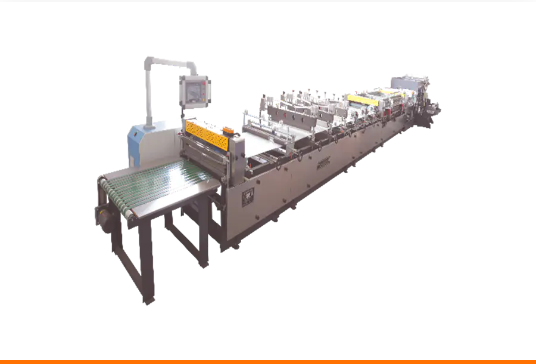News
Get A Free Quote !

CALL OUR OFFICE
+86-13606731195 (Mr. Xu)
Embossed bags: aesthetic carriers that emphasize both craftsmanship and practicality
In the contemporary packaging industry and daily necessities, embossed bags are no longer just a simple storage tool, but also a carrier that combines craft aesthetics with practical functions. With the increasing requirements of the consumer market for product quality and visual experience, embossed bags have gradually emerged in the fields of food packaging, cosmetics, gift packaging and even home storage with their unique appearance, good feel and diverse functionality, becoming an important part of packaging design.
The so-called embossed bag refers to a bag-like object with a certain pattern or texture mechanically pressed on the surface of materials such as plastic, paper or cloth. This embossing process often uses embossing rollers, molds or hot pressing technology to present the pattern on the surface of the material in a concave and convex form, giving it a more three-dimensional and tactile visual effect. Common embossed patterns include plaids, flowers, geometric figures and even brand customized logos, which not only enhance the beauty of the bag, but also improve its recognition and added value.
From the perspective of material selection, embossed bags usually use plastic materials such as polyethylene (PE), polypropylene (PP), and polyvinyl chloride (PVC). These materials are flexible, suitable for hot pressing, and can better retain the details of the pattern. In the high-end market, environmentally friendly materials such as recycled plastics, non-woven fabrics, and even natural paper materials are gradually being widely used to conform to the consumer concept of sustainable development. After special treatment, these materials can not only meet the embossing needs, but also have excellent moisture-proof, dust-proof, wear-resistant and other properties, suitable for a variety of usage scenarios.
The manufacturing process of embossed bags requires strict control of temperature, pressure, and pressing time. These process parameters directly determine the clarity, durability, and overall aesthetics of the pattern. For example, in the process of hot pressing embossing, if the temperature is too high, the material may deform or change color; if the pressure is insufficient, the pattern will not be clearly pressed, affecting the final effect. High-quality embossed bags not only rely on advanced equipment, but also require experienced technicians to cooperate with precise process control.
In practical applications, embossed bags have a wide range of uses. Taking food packaging as an example, embossing can not only enhance the visual appeal of packaging, but also increase friction through the concave and convex surface, making it easier for consumers to hold and open. Some special embossing designs also have the functions of air conduction and exhaust, helping the packaging bag maintain internal air circulation and prolonging the shelf life of food. In the field of gift packaging, the texture and design sense embodied by embossed bags often become an important manifestation of the product's grade, and can even replace traditional paper boxes and ribbon packaging to become part of the brand image.
Environmental protection and sustainability have become an important direction that cannot be ignored in the design of embossed bags. Consumers' increasing attention to green packaging has prompted manufacturers to pay more attention to environmental protection performance in material selection and production processes. For example, using degradable materials for embossing, or developing embossed storage bags that can be reused multiple times, are all directions that the current industry is actively exploring.
It can be said that embossed bags are not only an external packaging, but also a comprehensive embodiment of the integration of design, materials and technology. It not only meets the dual needs of modern consumers in terms of vision and touch, but also provides a broad space for brand innovation in product packaging.
RELATED PRODUCTS
-
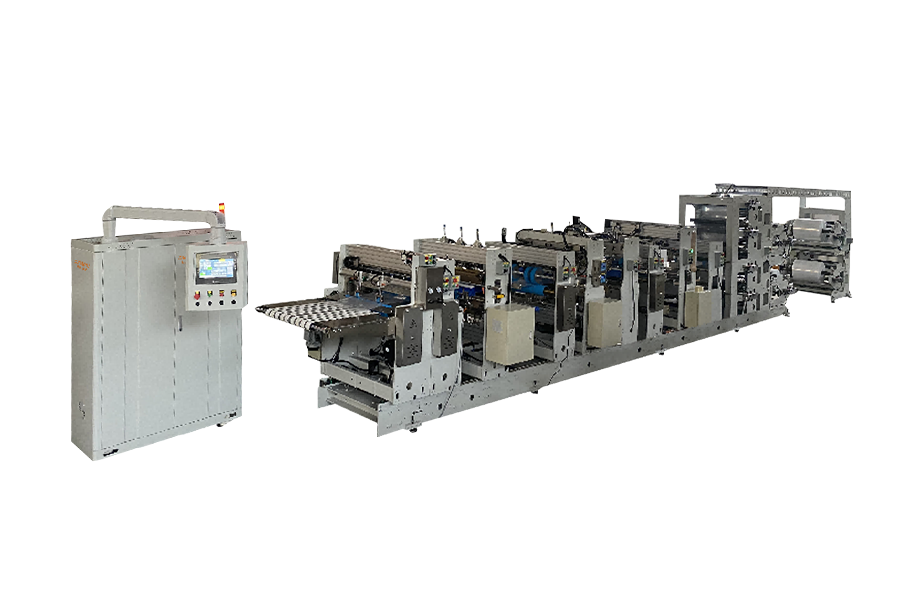
DLP-600 intelligent BIB bag-in-box bag making machine
The DLP-600BIB Box-in-Bag Intelligent Bag-Making Machine is ... View More
-
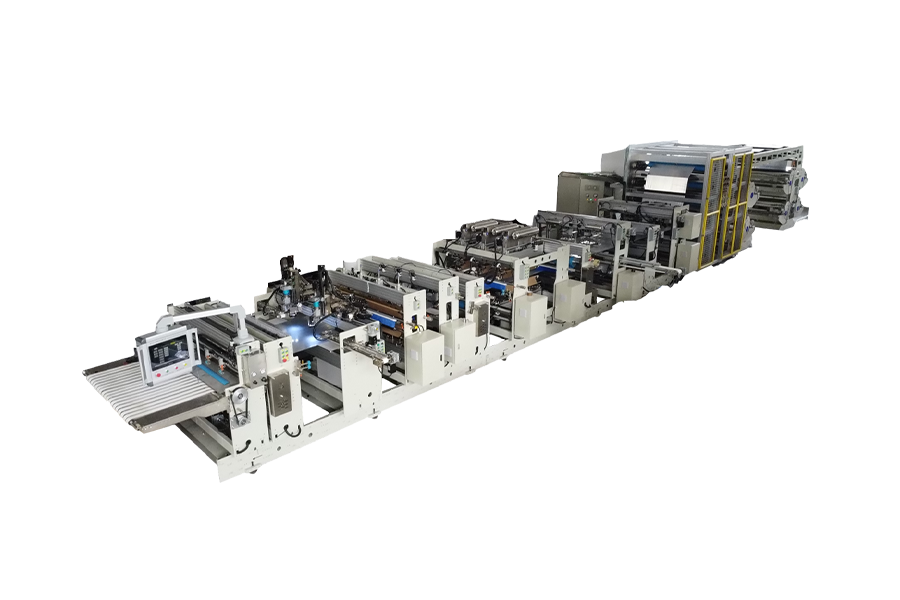
DLP-1600 intelligent BIB bag-in-box bag making machine
The DLP-1600BIB Box-in-Bag Intelligent Bag-Making Machine is... View More
-
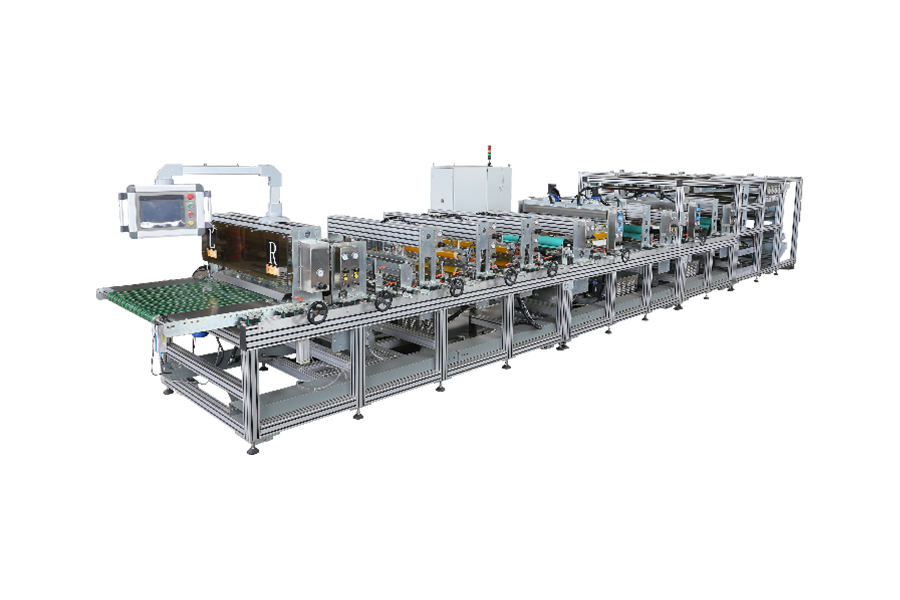
DLP-1300DD medical high temperature sterilization pouch/header bag making machine
DLP-1300 medical high temperature sterilization bag/header b... View More
-
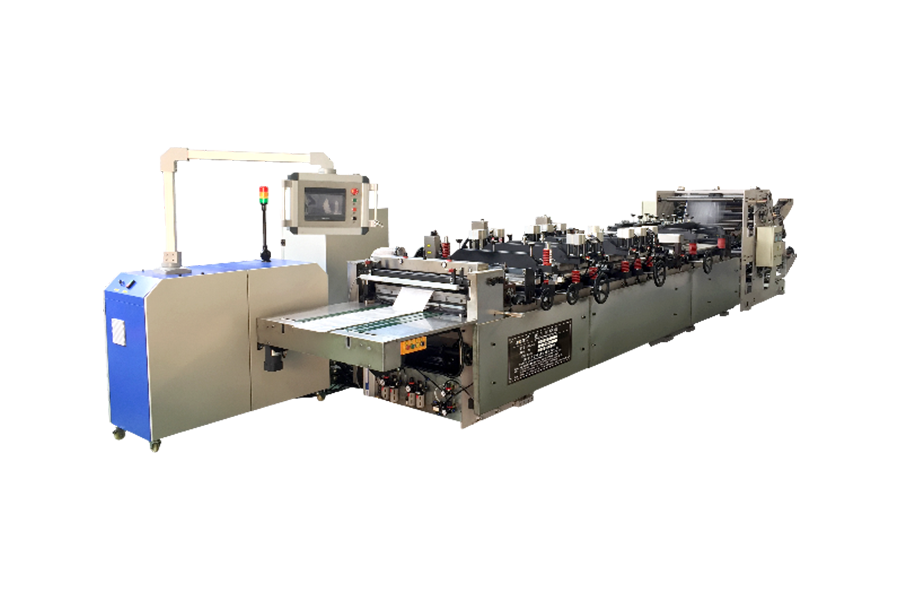
DLP-600 medical paper plastic composite bag making machine
DLP-600 medical paper-plastic bag making machine is suitable... View More
-
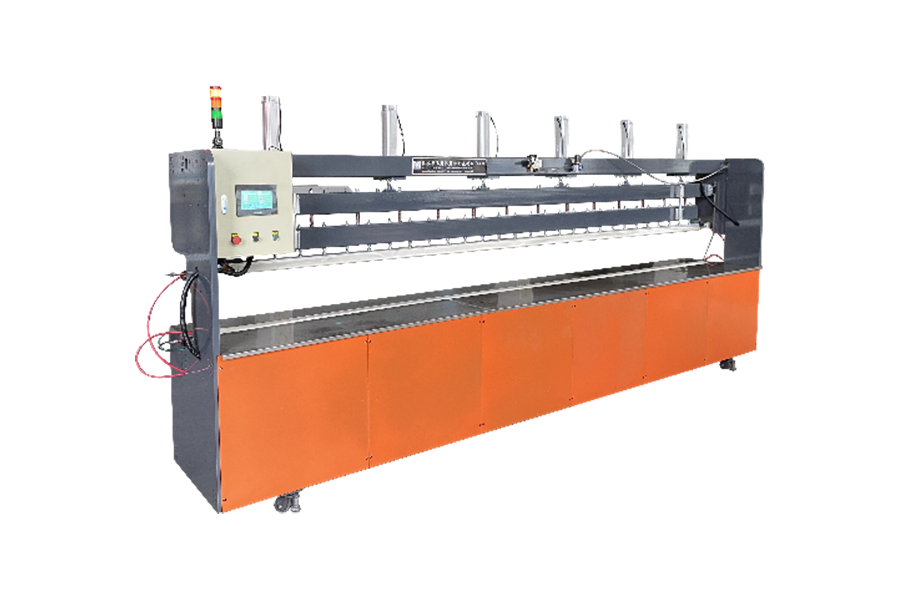
DLP-4500 sealing machine
The DLP-4500 sealing machine is in particular designed to se... View More
-
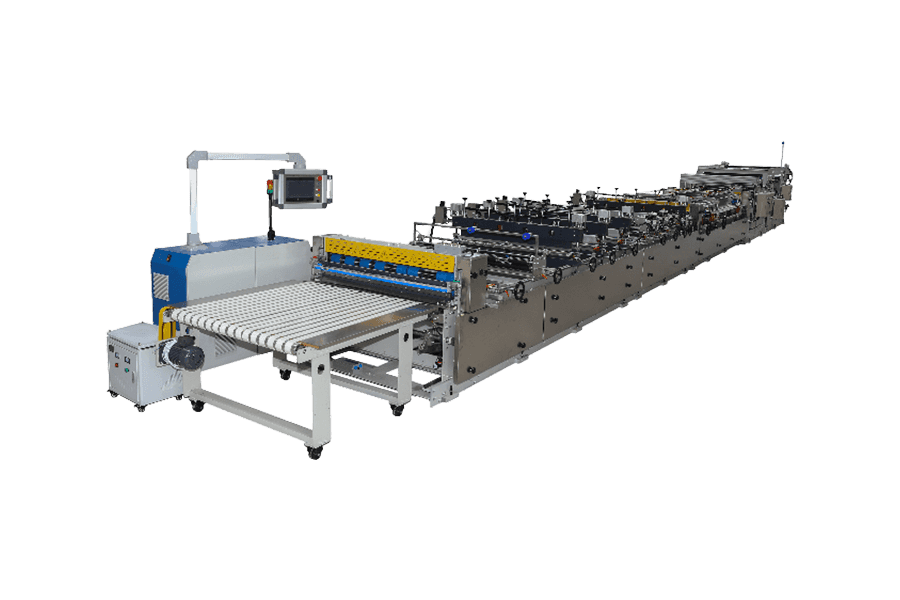
DLP-1300 vacuum storage compression bag making machine
The DLP-1300 vacuum compression bag making machine uses adva... View More
-
PHONE
+86-13606731195 (Mr. Xu)
-
EMAIL
-
ADDRESS
East side of Industry Road and north side of Pandan Road, Tongxiang Economic Development Zone (Gaoqiao Street), Jiaxing City, Zhejiang Province, China
-
FOLLOW US
- Panasonic https://panasonic.cn/
- Hansin https://www.asepticbag.com/
- TAILI https://www.zs-taili.com/
- 星辰集团 https://www.www.xcgs.com/

 English
English 中文简体
中文简体 русский
русский Español
Español